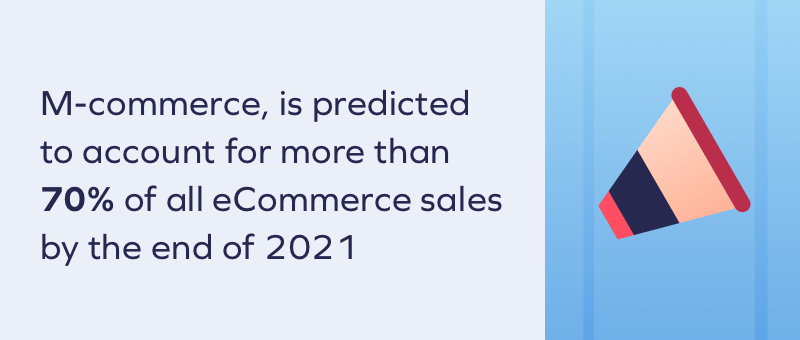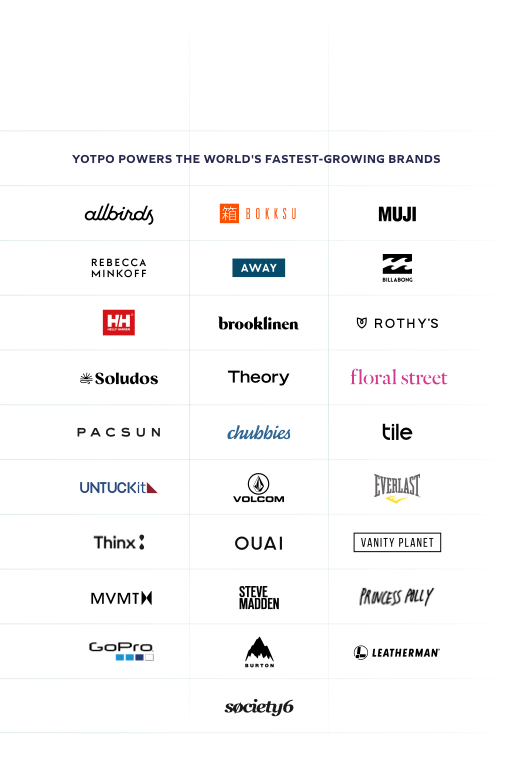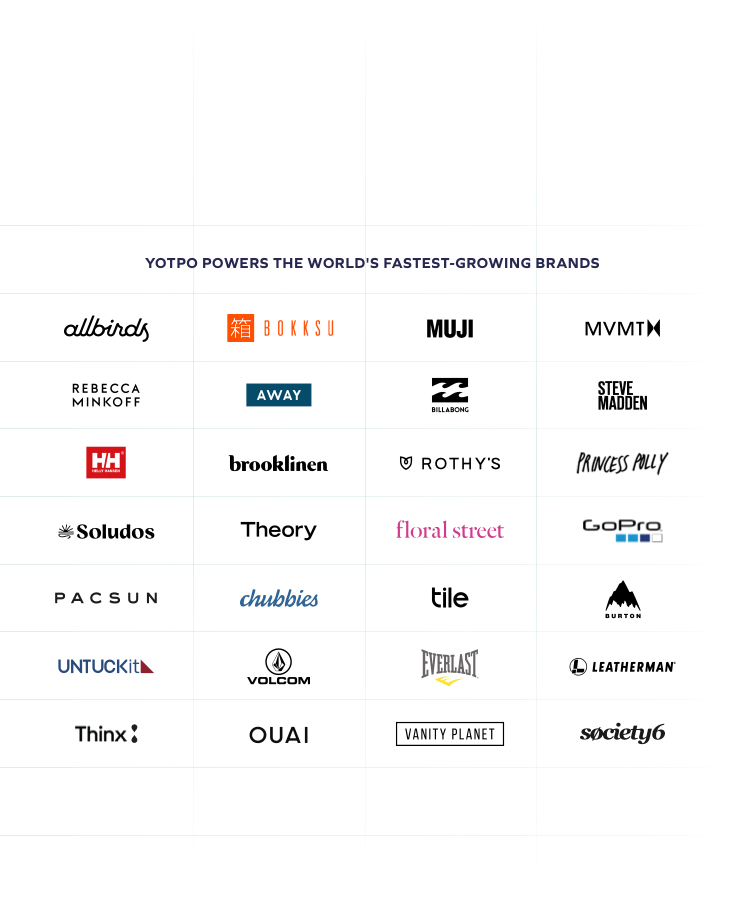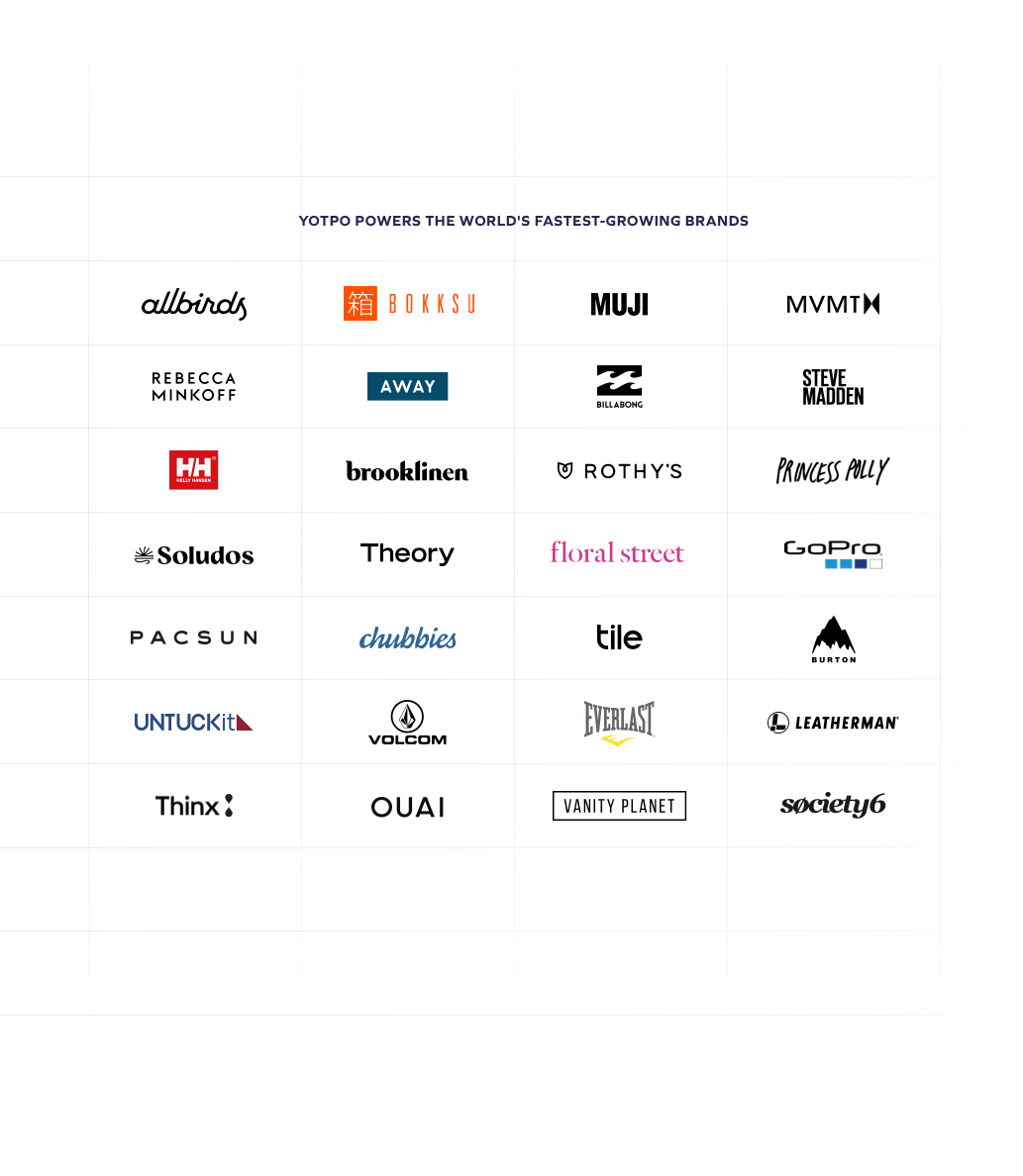5 Ways to Increase Mobile Sales with Google Shopping Ads
As eCommerce becomes mCommerce, Google Shopping becomes even more important. Here’s what Google Shopping Ads mean for mobile, and why you should care.
 Google Shopping Guide
Google Shopping Guide
As eCommerce becomes mCommerce, Google Shopping becomes even more important. Here’s what Google Shopping Ads mean for mobile, and why you should care.
Get even more from Google Shopping with Yotpo's official integration.
Let’s look at the stats: mobile commerce, or m-commerce, is predicted to account for more than 70% of all eCommerce sales by the end of 2021. Yet many brands still struggle with mobile conversion.

So what’s an eCommerce marketer to do? How can mobile be so important to eCommerce and yet still be such a difficult nut to crack?
The answer? Google Shopping Ads. Here’s the case for what Google Shopping Ads mean for mobile, and why you should care.
Mobile traffic is growing across the board, but nowhere is this more true than when it comes to search traffic. And for eCommerce retailers, adding paid ads to enhance their organic listings can help them stand out from the rest of the search results. Here’s how.
To start, let’s get the obvious out of the way. As Wayne Gretzsky famously said, “You miss 100% of the shots you don’t take.”
This is true for Google Shopping Ads, too. If you’re a retailer not active in Google Shopping, you should consider joining the party. And for those casually dabbling in the channel, now is the time to explore methods to fully capitalize on it.
Google Shopping relies heavily on data to structure campaigns, so it can get complex – we want to help make it easy for you. Here are a few tried-and-true tactics for creating winning Google Shopping campaigns for mobile:
This might seem like a given, but the stakes are higher now than ever before. Today, a passable mobile experience isn’t enough. It needs to be perfect.
Before diving into the tactics of optimizing Google Shopping for smartphones, make sure your product pages provide a totally frictionless shopping experience for your customers. Your site should have an entirely flawless UX across all devices.
A mobile bid adjustment tells Google how much more (or less) you’re willing to pay for a click from a smartphone. Set as a positive or negative percentage, the mobile bid adjustment will increase or decrease your mobile bids.
To determine your optimal mobile bid adjustment, divide the value-per-click you receive on mobile by your desktop value-per-click. Then subtract 1 and multiply by 100 to get your percentage.
Input that percentage into the “mobile bid adjustment” field for each ad group or campaign in Google Ads, and voilà, your Google Shopping ads cost adjusts for smartphone traffic accordingly.
Products typically perform differently on desktop than on mobile. Think about it: You’re probably more likely to buy something small, such as a pair of socks, on a smartphone than a larger item, such as a pair of skis.
Leverage this discrepancy by creating an ad group featuring a handful of products that perform especially well on mobile (consult your Google Ads or general analytics data to identify these items). Then, apply a positive bid adjustment to raise these products’ mobile bids and increase their exposure to mobile shoppers.
Mobile bid adjustments are a powerful tool, but because they are linked to desktop bids, they are somewhat limited. To free products from their desktop bids, break up your traffic into separate campaigns. Make one for desktop and another for mobile.
This kind of structure is simple to set up.
With separate campaigns, you can now give every item a mobile bid that perfectly matches its performance on smartphones.
Success on Google Shopping requires constant vigilance. It’s not enough to simply upload a product feed, set your bids, and let Google handle the rest. Instead, marketers must stay on top of their campaigns and consistently adjust bids according to product performance.
Since Google Shopping is still a growing source of revenue for Google, it is always adding new features and enhancements to make life easier for advertisers. So keep an eye out for updates and ask to join beta programs whenever possible.
Smartphones have changed the type of traffic flowing to eCommerce sites. But many eCommerce retailers are still waiting for conversions to follow. As Google Shopping keeps growing, eCommerce marketers can use the channel’s strong mobile performance to finally bridge the gap.
Your information will be treated in accordance with our Privacy Policy

This will take just a moment…We're finding the right person on our team to help your brand!
“Yotpo is a fundamental part of our recommended tech stack.”
 Laura Doonin, Commercial Director
Laura Doonin, Commercial Director










 Join a free demo, personalized to fit your needs
Join a free demo, personalized to fit your needs